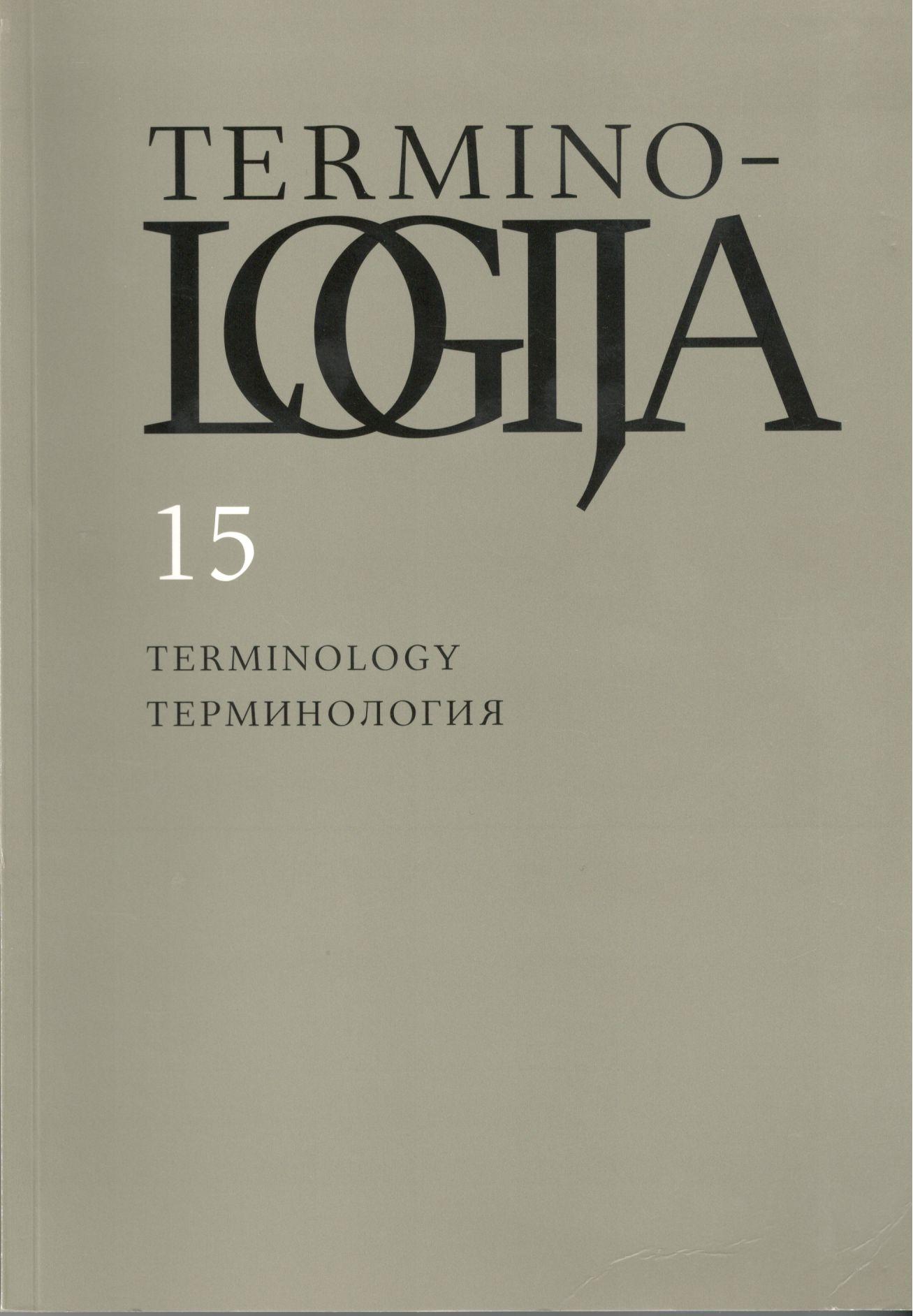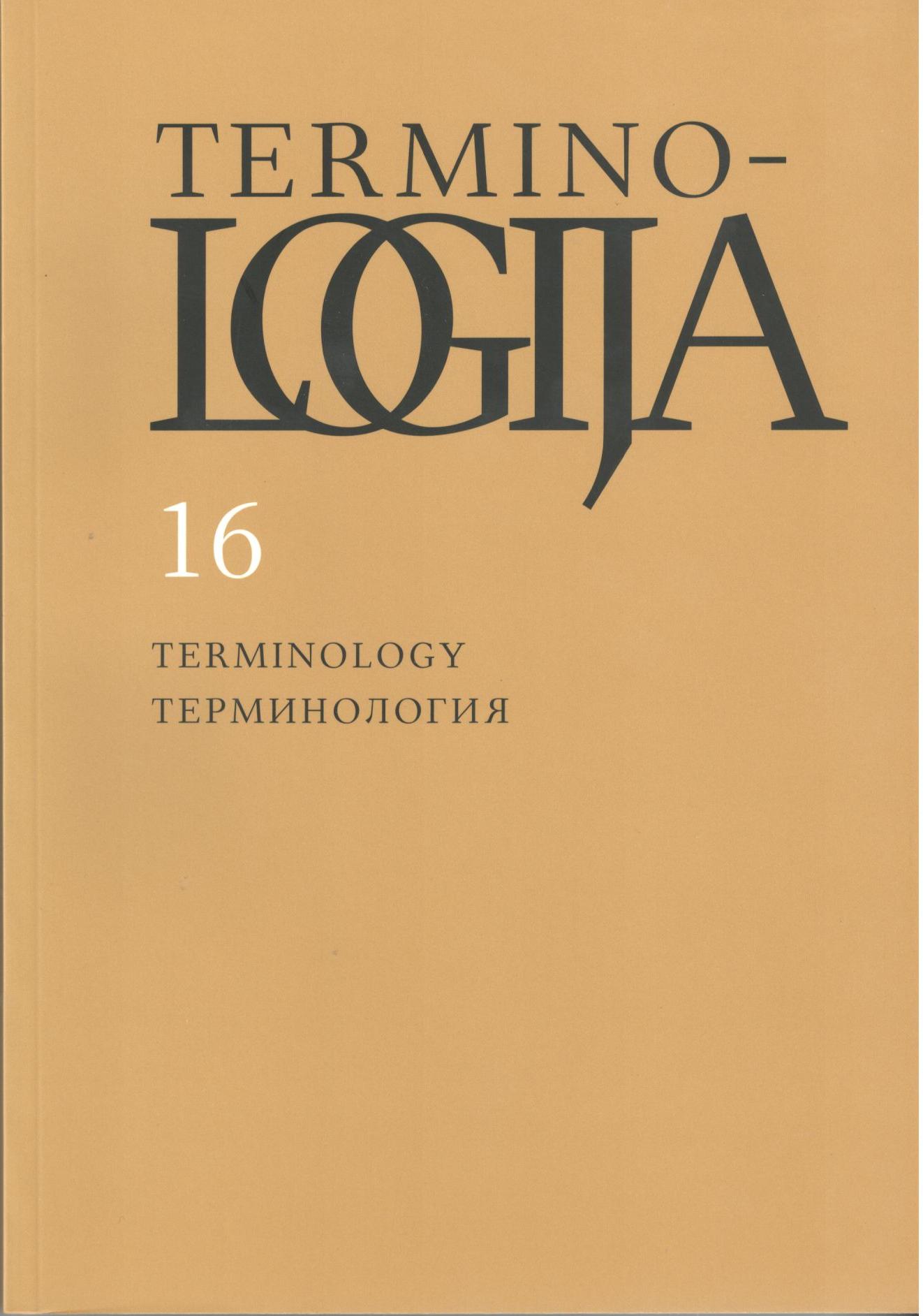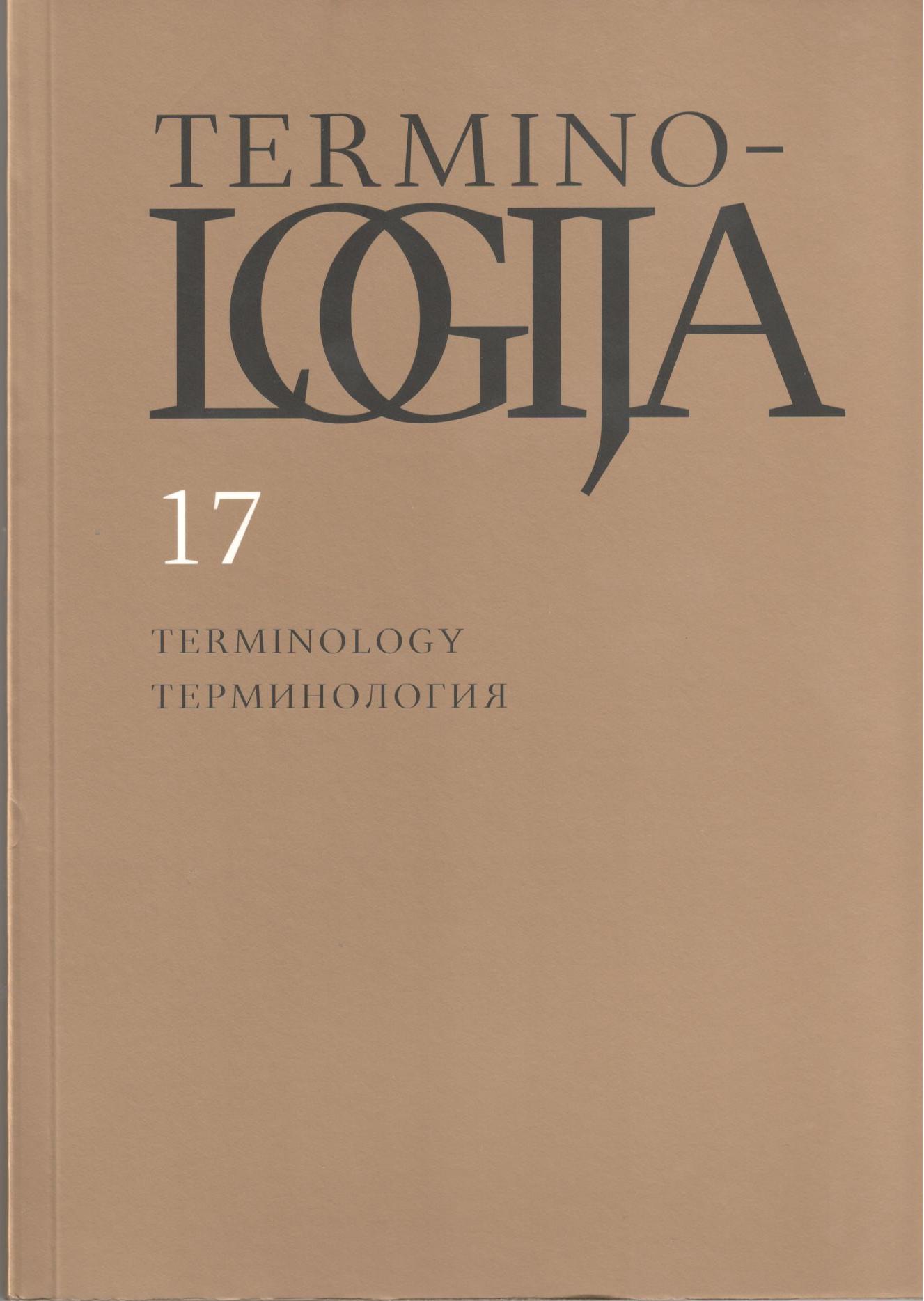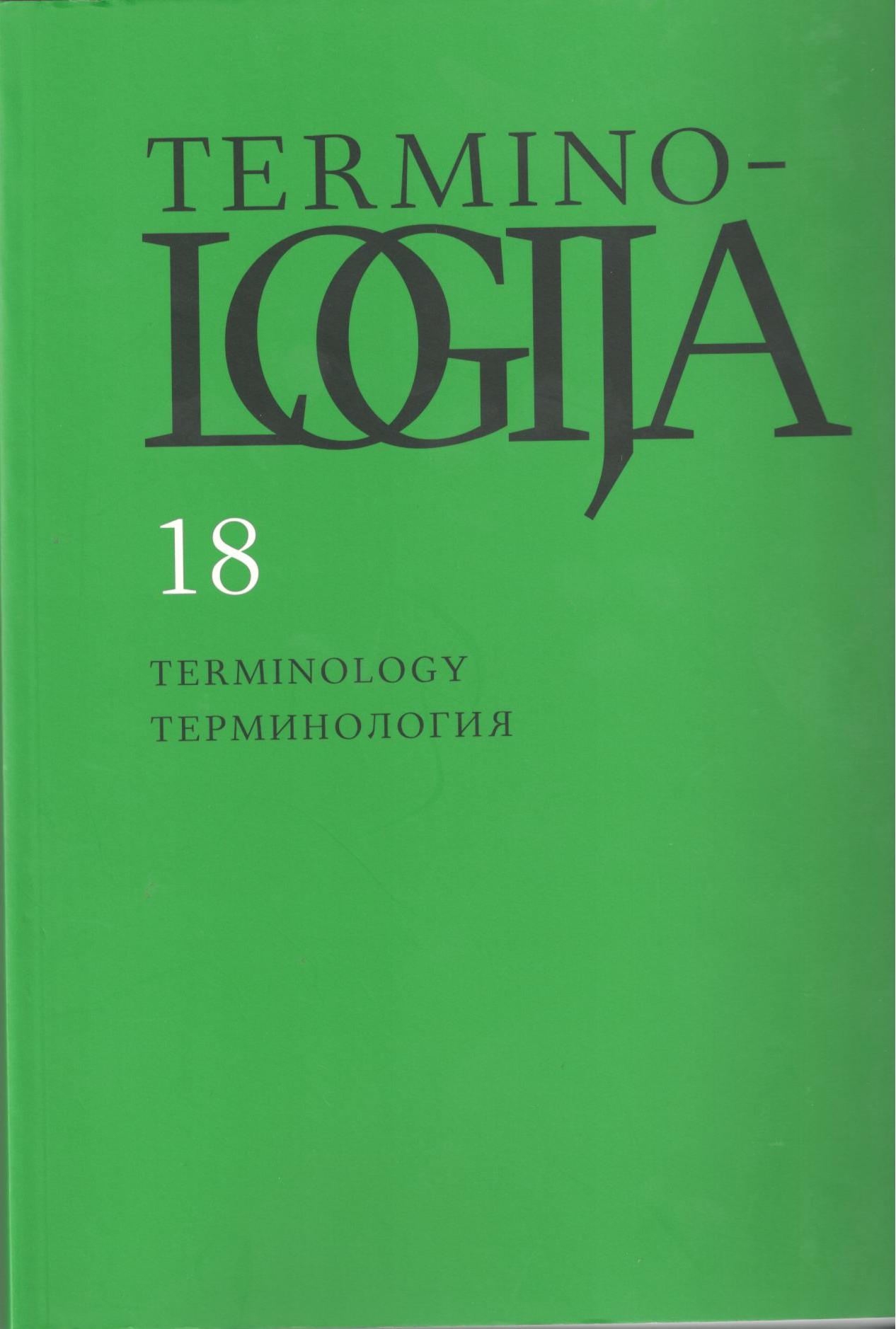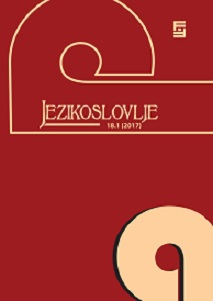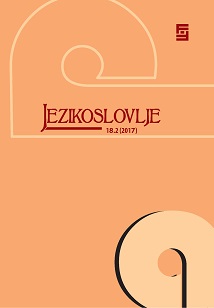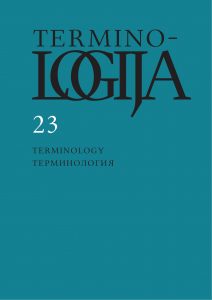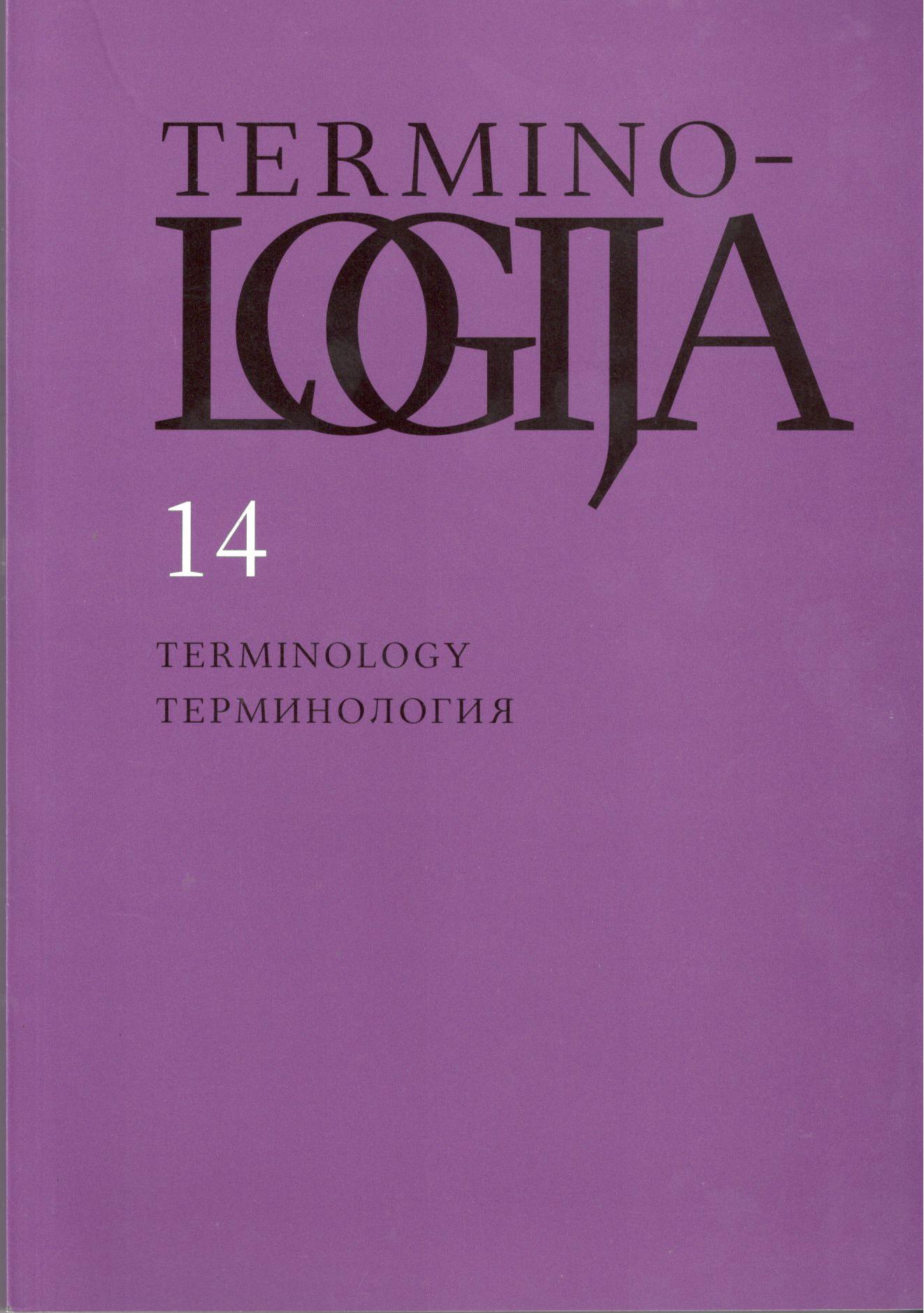
О принципах создания терминологических словарей
Using the already established principles of compiling terminological dictionaries not only helps to evade many drawbacks of the present-day dictionaries, but quite substantially saves time and labour of the author. In modern terminography a number of stages in designing and elaborating of dictionaries are established. Firstly, it is considered expedient to start with determine the main characteristics – parameters of the future dictionary. Such parameters are divided into three main groups. The first group contains parameters of the author’s intension, such as the scope of the dictionary, its purpose, intended users, descriptive or prescriptive function, its size and the principles and criteria of collecting the necessary lexical units. The second group contains parameters of the macro-composition, namely the way of presentation of the entries in the dictionary, the main parts of the dictionary, as well as presentation of word-combinations and homonyms. The last group contains parameters of the micro-composition, that is, the elements of the entry and is subdivided into subgroups of registration, formal, historical, attributive, interpretative, associative, pragmatic and micro-structural parameters. It was found that some of these characteristics may influence the way the other characteristics are realised. Therefore the process of designing dictionary may be based on the consecutive choice of the initial parameters determining the optimal realisation of the following parameters. In this way the optimal presentation of lexical information in various types of dictionaries may be established and used in compiling dictionaries.
More...
